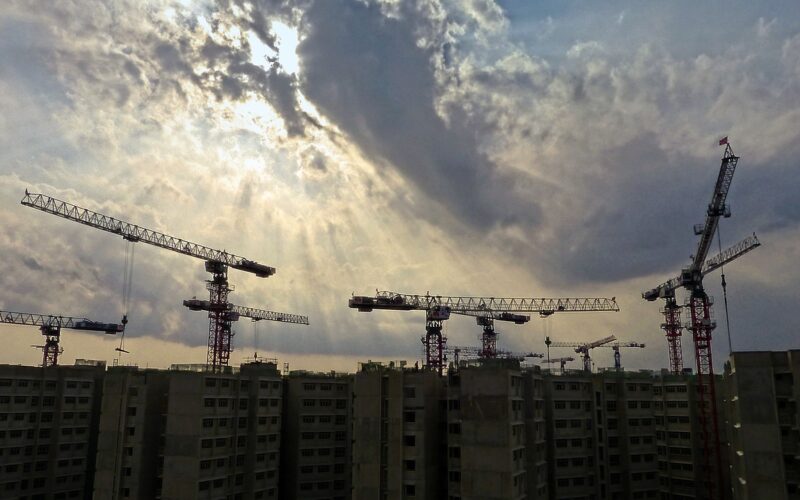There is no doubt that floods can be devastating to both people and infrastructure, damaging homes, businesses, roads and even livelihoods. For many living in coastal or low-lying areas of the country however, it seems like an inevitability that they will experience flooding as climate change progresses. But what if there was a better way to build our communities so that we can not only survive but thrive despite these disasters? That is where building homes on flood planes comes into play.
Preeminent risks of homes on Flood plains
Building homes on flood plains is a tempting option for many developers seeking to expand urban areas. Unfortunately, it can also be fraught with significant risks that must not be ignored. One of the most pressing concerns is the risk of flash flooding, which can happen suddenly and with immense force. These floods can quickly raise water levels and cause widespread damage and destruction, including flooding homes and causing significant property damage.
The impact of floods is often long-lasting and disastrous, with residents forced to endure the destruction of their homes and livelihoods. As such, it's crucial to take all necessary precautions and consider alternative locations before pursuing any construction on flood plains.
Assessing risk
When it comes to building a structure, selecting the right materials is crucial. The process of choosing the appropriate building materials can seem daunting, especially when factoring in environmental conditions and safety regulations. Assessing risk is therefore important before deciding on which materials to use. For instance, builders may take into account factors like fire hazards, weather patterns, and the potential for natural disasters. With the right information, builders can make informed decisions that ensure the safety and longevity of a structure.
Whether constructing a residential or commercial building, investing in quality building materials can offer an array of benefits, from reduced maintenance costs to improved occupant safety. So, if you're in the process of embarking on a building project, be sure to pay close attention to your choice of materials.
How to protect your home
Our homes are our sanctuaries, but they can also be vulnerable to unpredictable natural disasters. Whether it's a hurricane or a wildfire, it's crucial to take steps to protect your property and loved ones. One crucial step is to fortify the exterior, such as installing storm shutters or reinforcing the roof. Another critical measure is to maintain your surroundings, including clearing dead trees and debris away from your property and ensuring drainage systems are functioning correctly.
Additionally, creating an emergency kit that contains essential items such as food, water, and first aid supplies can help you and your family survive in case of an emergency. By taking these necessary precautions, you can help ensure that your home remains a safe haven from nature's unpredictable wrath.
Re-designing the landscape
As our society continues to grow and urbanise, the importance of effective drainage systems becomes increasingly apparent. Re-designing the landscape to better facilitate drainage can not only prevent flooding, but also improve the health of surrounding wildlife and vegetation. From redirecting rainwater to installing permeable surfaces, there are countless solutions that can make a significant impact. It's exciting to see communities around the world taking action to prioritise sustainable drainage practices and pave the way for a brighter, drier future.
Exploring insurance options
When it comes to owning property on a flood plain, it's crucial to have the right insurance coverage in place. Floods can cause extensive damage to buildings and infrastructure, and without the right insurance, you could be left with a hefty bill for repairs. Exploring your insurance options is an important step in protecting your investment and ensuring that you have peace of mind in the event of a flood.
While the cost of insurance coverage for properties on flood plains may be higher than for properties in other areas, the investment is well worth it for the protection and security it provides. With the right coverage in place, you can rest easy knowing that you're prepared for whatever Mother Nature may bring your way.























